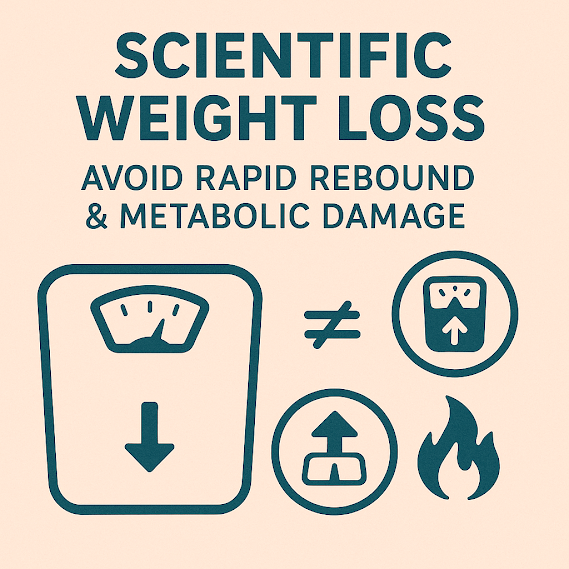Diet and Exercise Guidelines for Endocrine Obesity
Not all obesity stems from overeating or inactivity—some cases are disease-driven. Pathological obesity falls into two categories: endocrine-related and medication-induced. Here’s how to manage hormonal obesity types through targeted nutrition and fitness strategies.
1. Cushing’s Syndrome
Cause: Excess cortisol from adrenal hyperactivity.
Body pattern: Central obesity (face/neck/torso) with thin limbs ("moon face" + "stick legs").
Plan:
Exercise: Full-body strength training to counter muscle loss.
Diet: Anti-inflammatory foods (berries, leafy greens) + TCM herbs (e.g., licorice root).
2. Hyperinsulinemia
Cause: Elevated insulin driving fat storage.
Body pattern: Visceral/"beer belly" adiposity.
Plan:
Diet: Low-glycemic meals (non-starchy veggies, lean protein). Avoid refined carbs.
Exercise: HIIT + core work (cycling, planks) to boost insulin sensitivity.
3. Hypogonadism (Low Sex Hormones)
Body pattern: Fat deposition in breasts/lower abdomen.
Plan:
Foods: Zinc-rich nuts (walnuts/almonds), iodine-packed seaweed, and hormone-supportive honey/fish.
Activity: Resistance training to stimulate testosterone/estrogen balance.
4. Pituitary Dysfunction
- Body pattern: Generalized swelling (bone/soft tissue growth).
Plan:
Diet: Low-sodium, plant-based meals to reduce fluid retention.
Exercise: Swimming/yoga to ease joint stress.
5. Hypothyroidism
Body pattern: Puffy legs + "myxedema" (mucin-filled edema).
Plan:
Salt: <5g/day. Choose diuretic foods (adzuki bean tea, wintermelon soup with skin).
Move: Walking + leg lifts to combat water retention.














Comments
Post a Comment